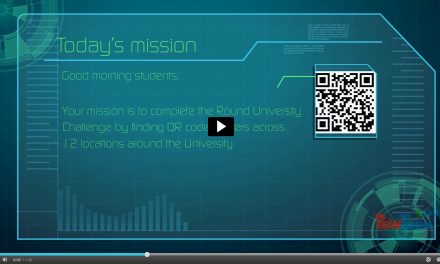Beth Law Lecturer in Psychology School of Psychology, Social Work and Human Sciences
Description
Multiple choice tests are widely used within undergraduate degree programmes, especially in the context of mid-module assessments or as a way to test students’ understanding of more basic concepts. However, such tests can often be quite time-consuming to set up and mark (if done by hand), particularly with large numbers of students. Furthermore, it can be difficult to provide students with past papers of these types of exams, without which students may struggle to understand what will be required of them when they are trying to revise. Therefore, this initiative was conducted primarily for two reasons: firstly, in an attempt to be more time efficient in terms of marking and administration, and secondly, to begin the process of establishing a “bank” of questions that have been used in previous tests, of which a selected number can be released to future students for revision purposes.
Approach
Blackboard provides a wide range of options to module leaders and teaching staff in terms of the capabilities afforded by its “Test building” functions. Questions are first created within a test bank, and selected questions can then be compiled into a test. There are various options available when creating questions; a simple multiple choice format can be used (as was done for this project), with no restrictions on the number of different response options or the number of correct answers. For example, students can be asked to select “one or more correct answers”. Images can also be used as part of the question text. In addition, there are a whole host of other question types available, such as “fill in the blanks” or “put these into the correct order”. Users are able to use different types of questions within one test, and different questions can be given different weightings if needed. For this project, twenty questions were used which each had four possible responses, only one of which was correct. Each question was given a 5% weighting so that the total mark was equivalent to a percentage.







